Affiliate links on Android Authority may earn us a commission. Learn more.
Android TV buyer's guide: All you need to know about Google's TV platform
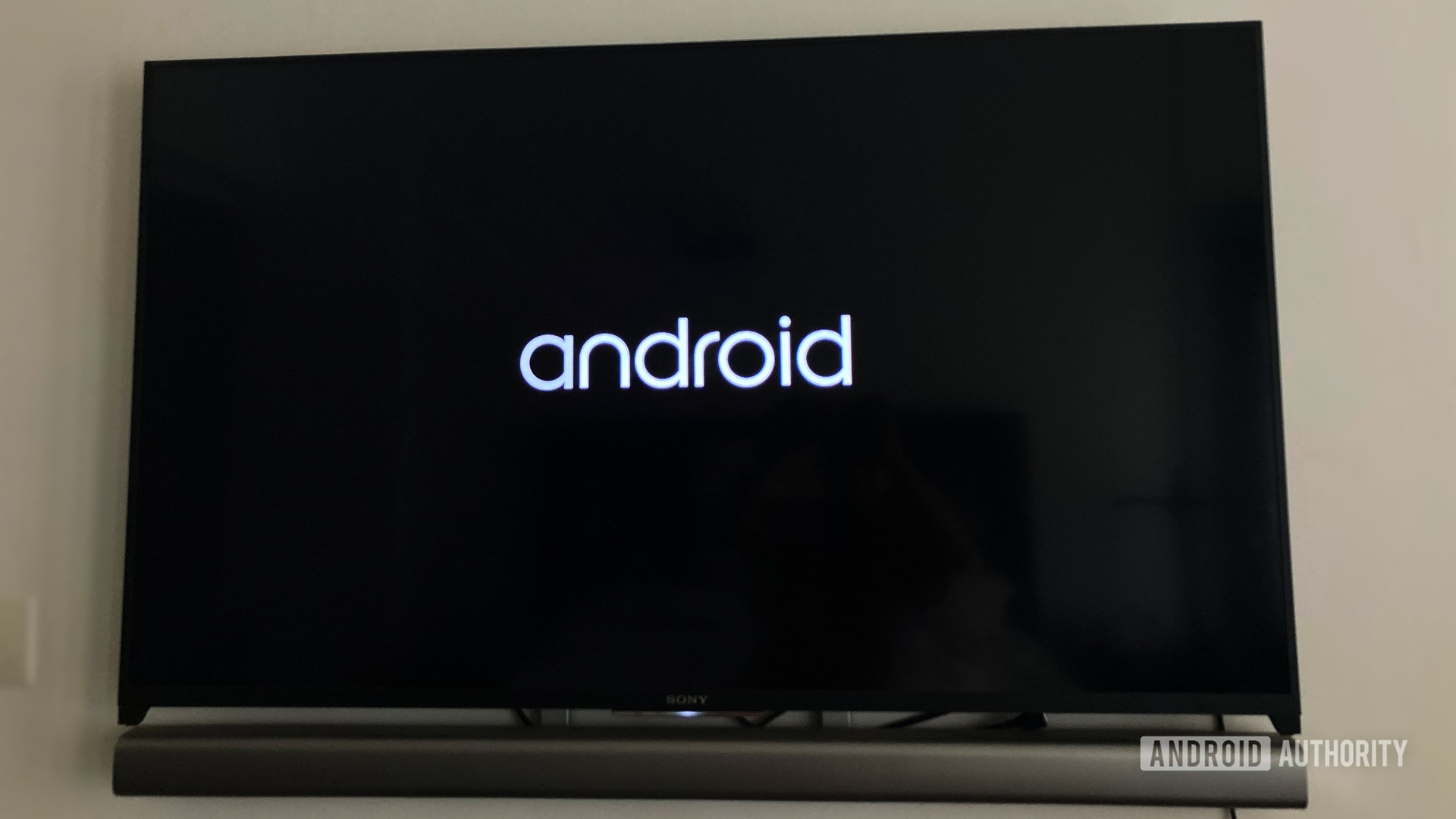
If you’re in the market for a smart TV or a streaming device, chances are you’ve already heard of Android TV. The platform was born in 2014 when Google retired the Google TV moniker. Now, Google TV is once again a thing (more on that later), but Android TV isn’t going anywhere. It will remain Google’s dedicated software for internet-connected televisions and streaming devices.
Currently, the Android TV platform rivals the likes of Roku, Amazon Fire TV, Apple TV, LG’s webOS, and Samsung’s Tizen OS. However, unlike the latter two, which are mostly available on televisions from the respective companies, Android TV’s reach expands to several different devices and brands. Google also recently announced its own dedicated Android TV hardware in the form of the new Chromecast. We’ll talk about all this and more in this comprehensive Android TV platform guide.
What is Android TV?
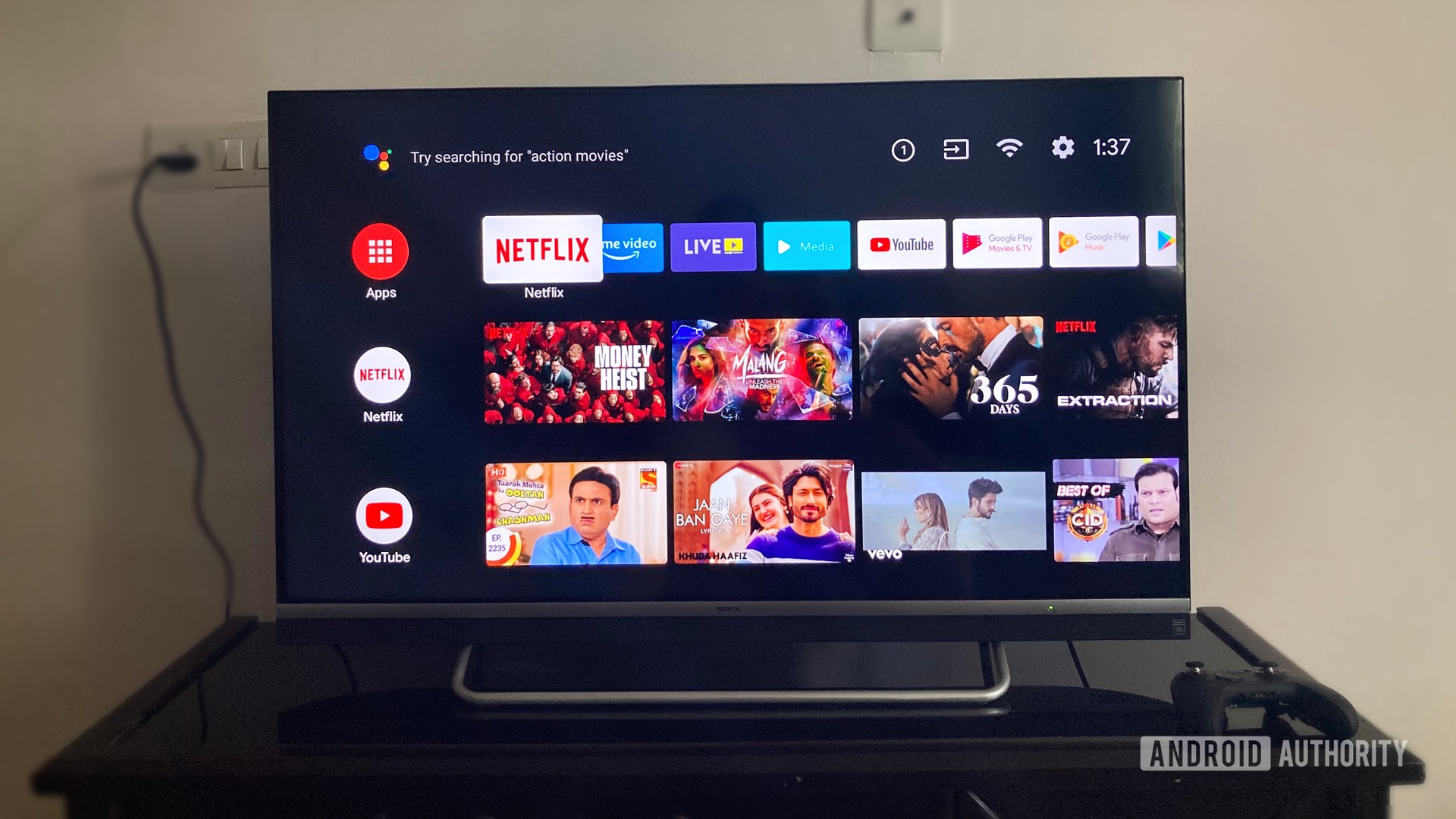
Just like Android is software meant for phones, the Android TV platform is Google’s dedicated operating system designed for the big screen. It brings the Google Play Store to televisions and streaming devices, along with other Android capabilities such as sideloading apps, playing games, accessing the Google Assistant, and much more.
The first Android TV device was the Nexus Player launched by ASUS in 2014.
The main focus of the software is to help you discover new content online. All Android TV devices give you access to streaming services like Netflix, Amazon Prime Video, Disney Plus, and many more. They also help you organize your local media with the help of apps like Plex and Kodi.
The first Android TV device was the Nexus Player launched by ASUS in 2014. It ran the Android Lollipop software and came with support for Google Cast (now known as Chromecast). This was followed by the launch of the NVIDIA Shield TV in 2015. The device saw successors in 2019, but the older box is still one of the most popular Android media streamers to date.
Fast forward to 2022 and Android TV is built into televisions from many of the top 10 smart TV OEMs, including Sony, TCL, Xiaomi, Hisense, Panasonic, OnePlus, and more. The software, Google claims, is also present in devices from over 160 TV operators worldwide.
Android TV’s interface for most smart TVs and other devices launched before 2021 is divided into rows of content. The apps you see on the home screen are customizable, and you can also play around with the settings to further personalize your Android TV devices. To learn how to do that, you can read our in-depth Android TV setup guide here.
The majority of Android TV devices are yet to jump onto Android 11 or Android 12.
In terms of software versions, Android TV is nothing like Android on smartphones. Sure, its software names correspond with those of the mobile OS, but the way its updates roll out is starkly different. For instance, Google released the Android 12 update for its TV platform in November last year, but only a few Android TV devices out there have jumped onto the latest version. The new Chromecast with Google TV, for instance, is on Android 12 right now and would likely jump to Android 14 when it gets its next update.
The software you get really depends on when you bought your Android TV device. The more recent, the newer the software.
How is Android TV different from Google TV?
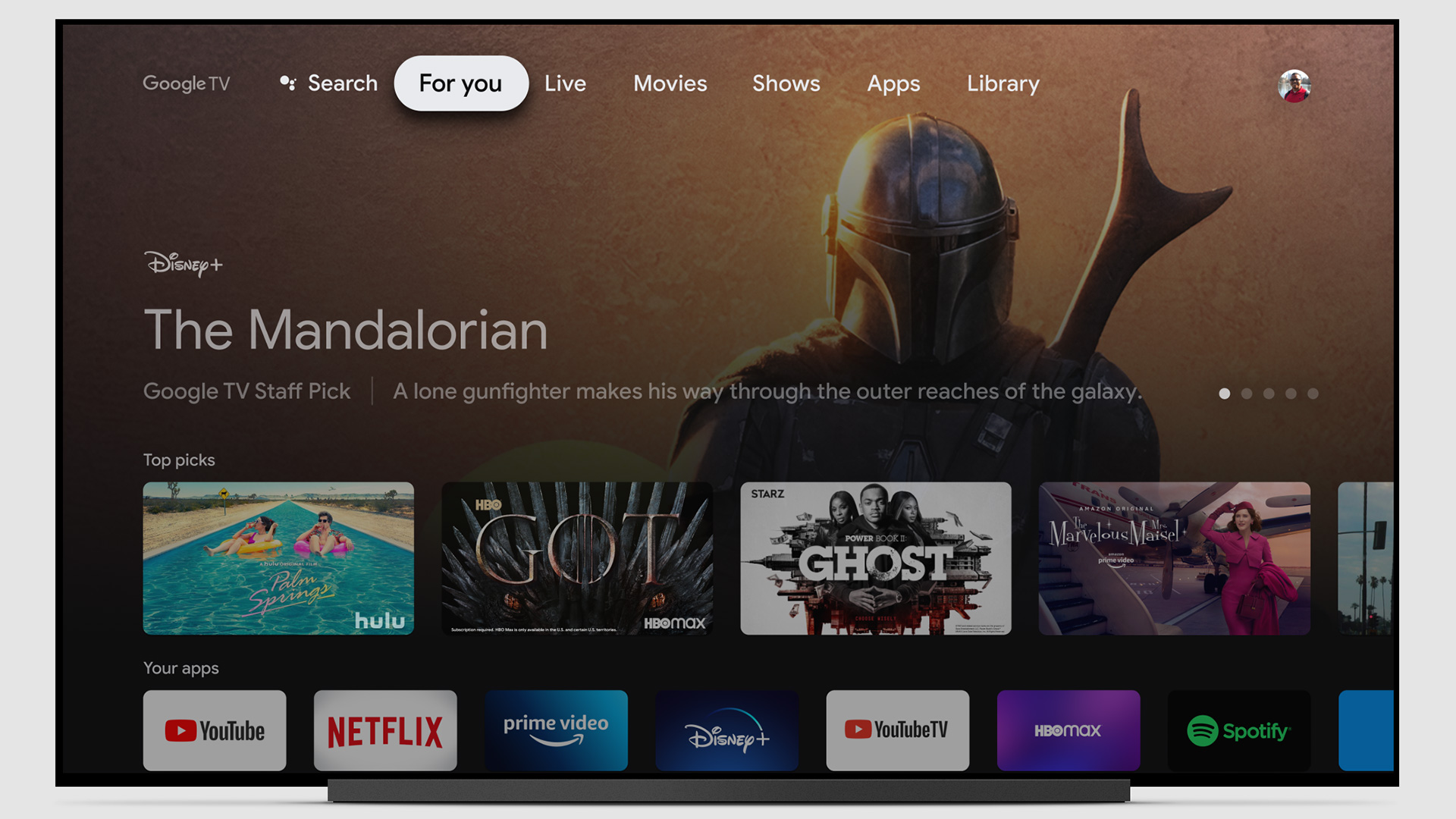
Google has restructured things a bit in the Android TV world. The Google TV moniker, previously put out to pasture, has been resurrected as a UI for the Android TV. Google TV redesigns the way your Android TV’s interface looks and unifies content from different apps.
It also ditches the rows UI and replaces it with content tabs on the top of the home screen (see image above). Content is now arranged in sections labeled For You, Live, Movies, Shows, Apps, and Library. You also get smart home controls and a new ambient mode to display Google Photos as screen savers.
Google Play Movies and TV will also be rebranded to Google TV.
Besides being a new UI for Android TVs, Google TV will also replace the Google Play Movies and TV app. The move is said to be for simplifying the process of purchasing movies or accessing purchased movies and TV.
Anyhow, the Google TV UI is catching on pretty fast. It’s not only available on the new Chromecast and many new Android TV boxes, but also on TVs from brands like Sony, TCL, Hisense, and more.
How do Android TV devices work?
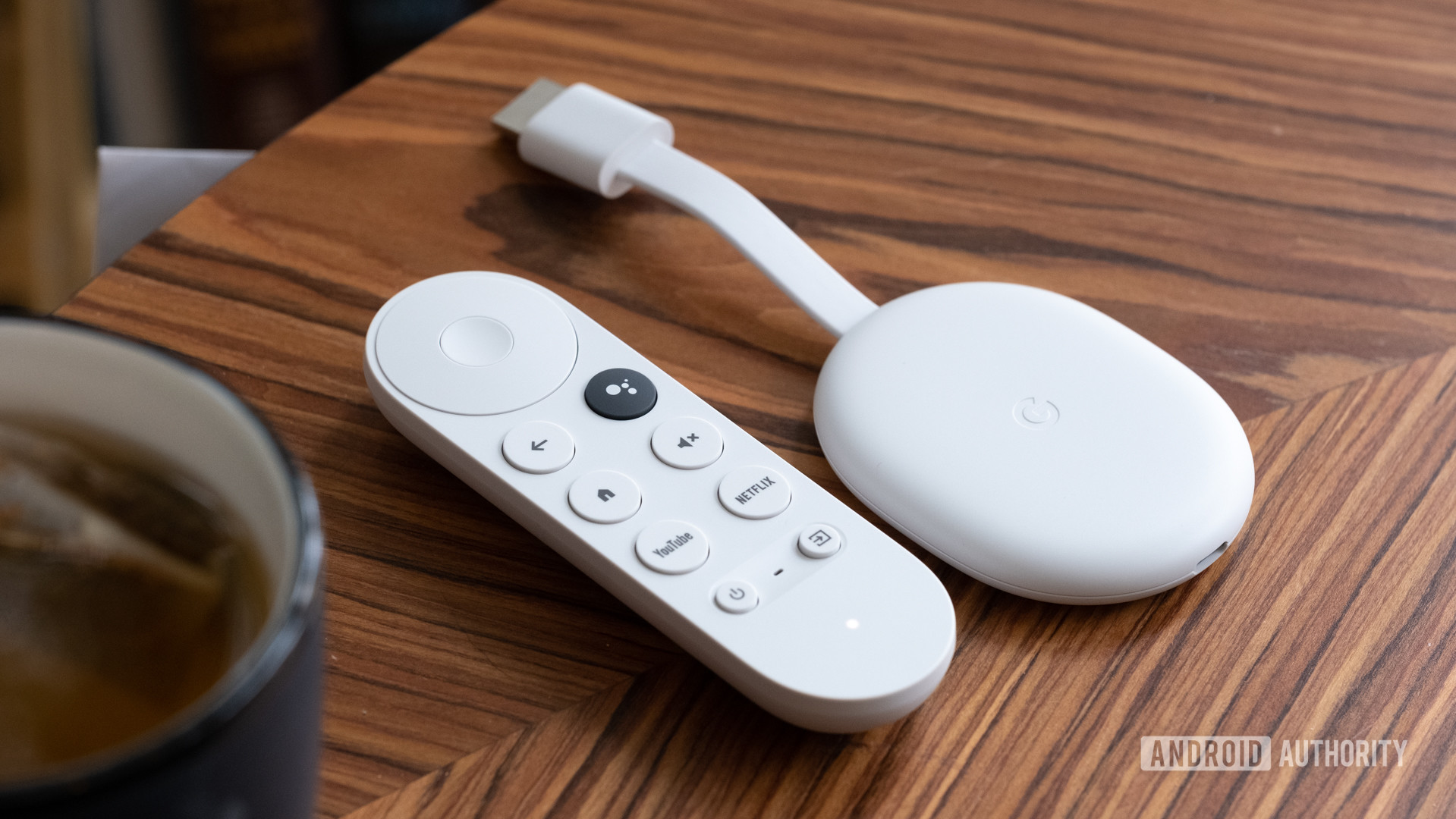
As mentioned before, Android TV software can be found on many devices, be it streaming sticks, dongles, set-top boxes, or television sets. Most of these devices are plug-and-play, with a brief universal setup process.
If you have a third-party Android TV device like the Mi TV Stick or the NVIDIA Shield TV, you’ll have to plug it into your TV or monitor’s HDMI port using an HDMI cable. If your TV is preloaded with the Android TV platform, you can just plug it into a power socket and get started.
Once your Android TV is ready to use, you will see content divided into rows. If you have the new Chromecast, you’ll experience the new Google TV UI we explained above.
In any case, you’ll find that some popular apps such as Netflix, YouTube, YouTube Music, and others are pre-installed on your Android TV device. You can also download more apps through the Google Play Store.
Soon, Google will also offer a Live TV tab on Android TV devices through its Google TV UI. Live TV channels will show up as per your YouTube TV subscriptions, but the integration will be limited to the US at launch.
Android TV hardware
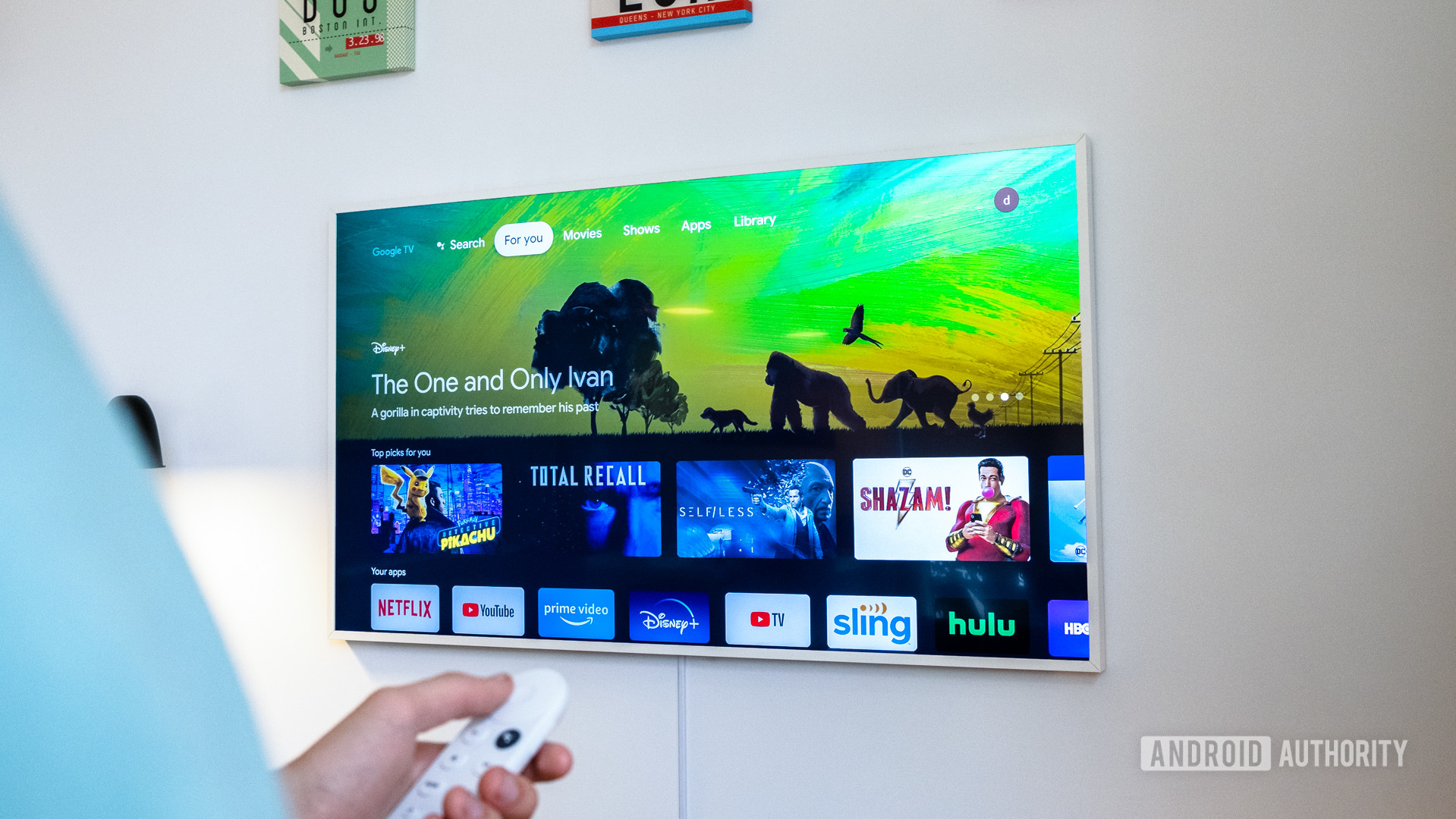
Android TV has quite a vast ecosystem of devices. Since it is software, several third-party OEMs use it on their own streaming hardware. If you’re looking for Android TV hardware right now, you have the option to choose between various set-top boxes, media streaming players, TVs, and streaming sticks/dongles.
A TV set might be the most expensive option from the lot, but then you don’t have to hunt for monitors or TVs to connect a separate device with the software. If you already have a regular monitor or a TV that’s not internet-connected, you can opt for a cheaper streaming stick or media box instead.
Most Android TV devices these days come with voice-enabled remotes. This means you can simply press a button and tell Google Assistant what you want to watch.
Below is a list of all the different types of Android TV devices you can buy.
Set-top boxes and sticks
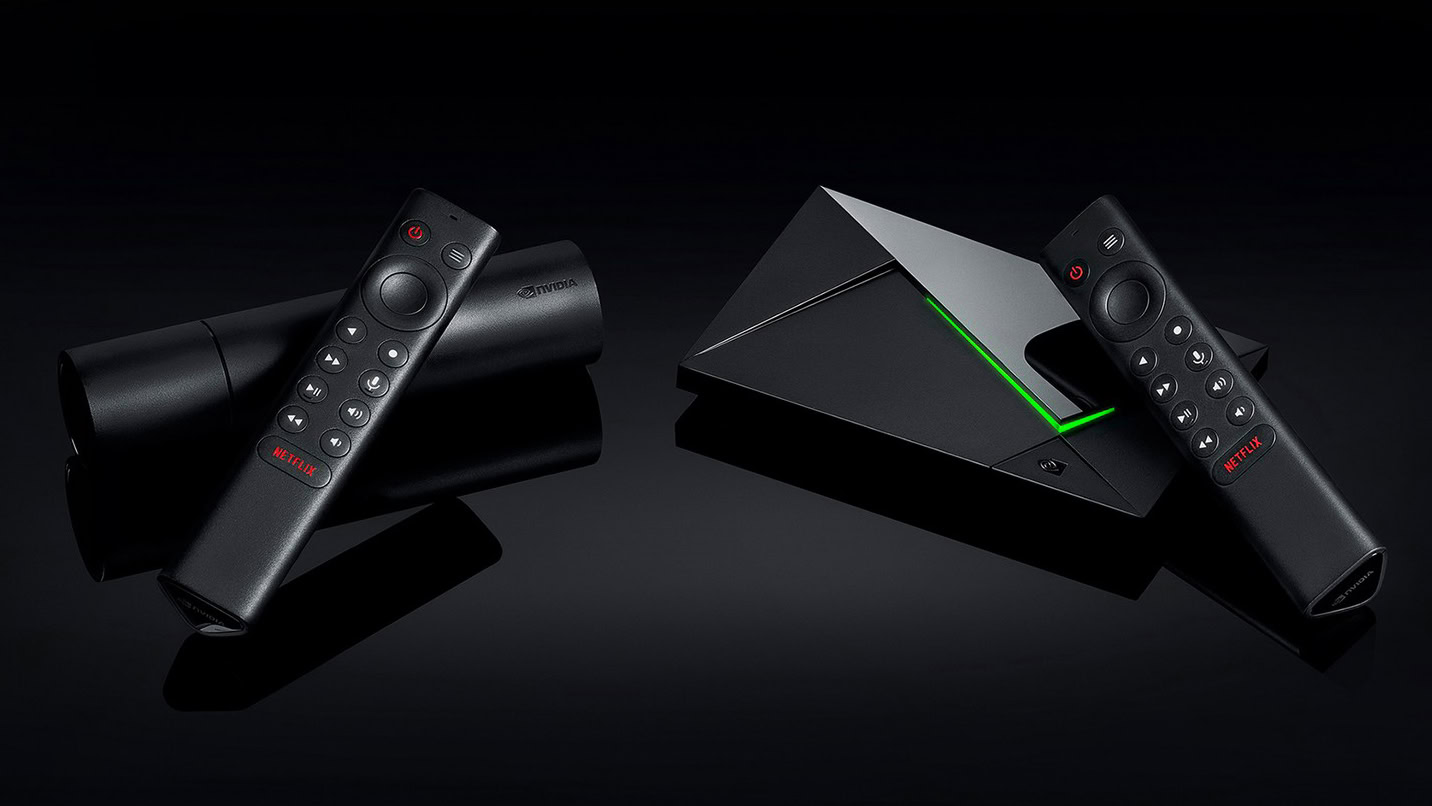
- NVIDIA Shield TV and Shield TV Pro: The original NVIDIA Shield TV from 2015 was revamped in 2019. However, it still gets updates and is one of the best Android TV boxes out there. The 2019 Shield TV is even cheaper at $150 and comes with an improved processor as well as 4K upscaling. The Shield TV Pro is pricier but comes with more RAM, more storage, a new remote, and better gaming capabilities at $199.99. Both Android TV boxes are the best in the business. NVIDIA is also great with software updates (not to be confused with Android version updates). If you have the dough, it can’t get better than these.
- Google Chromecast with Google TV: The new Google Chromecast is Google’s first and only Android TV dongle that comes with the all-new Google TV UI we mentioned before. It is perhaps one of the best Android TV devices you can get on the cheap. The $50 dongle supports 4K and HDR 10 playback. It also comes with a remote featuring dedicated YouTube, Netflix, and Google Assistant buttons.
- Chromecast with Google TV (HD): Google launched a new version of its popular Chromecast streaming dongle. It’s a cheaper way to enter the Google TV ecosystem at just $29.99. One notable thing about the Chromecast with Google TV (HD) is that it comes with Android 12 out of the box. The 4K model does not have Android 12 yet, which puts the HD model slightly ahead of the curve.
If you’re looking for more options, you can also check out the following devices:
- Xiaomi Mi Box S: An affordable Android TV media streaming box with 4K HDR support.
- Xiaomi Mi TV Stick: The Mi TV Stick is cheaper than the Mi Box S. It doesn’t support 4K streaming and only goes up to 1080p, but it comes with an under $50 price tag.
Not satisfied with these top Android TV devices? Check out our full list of the best Android TV boxes here.
Smart TVs
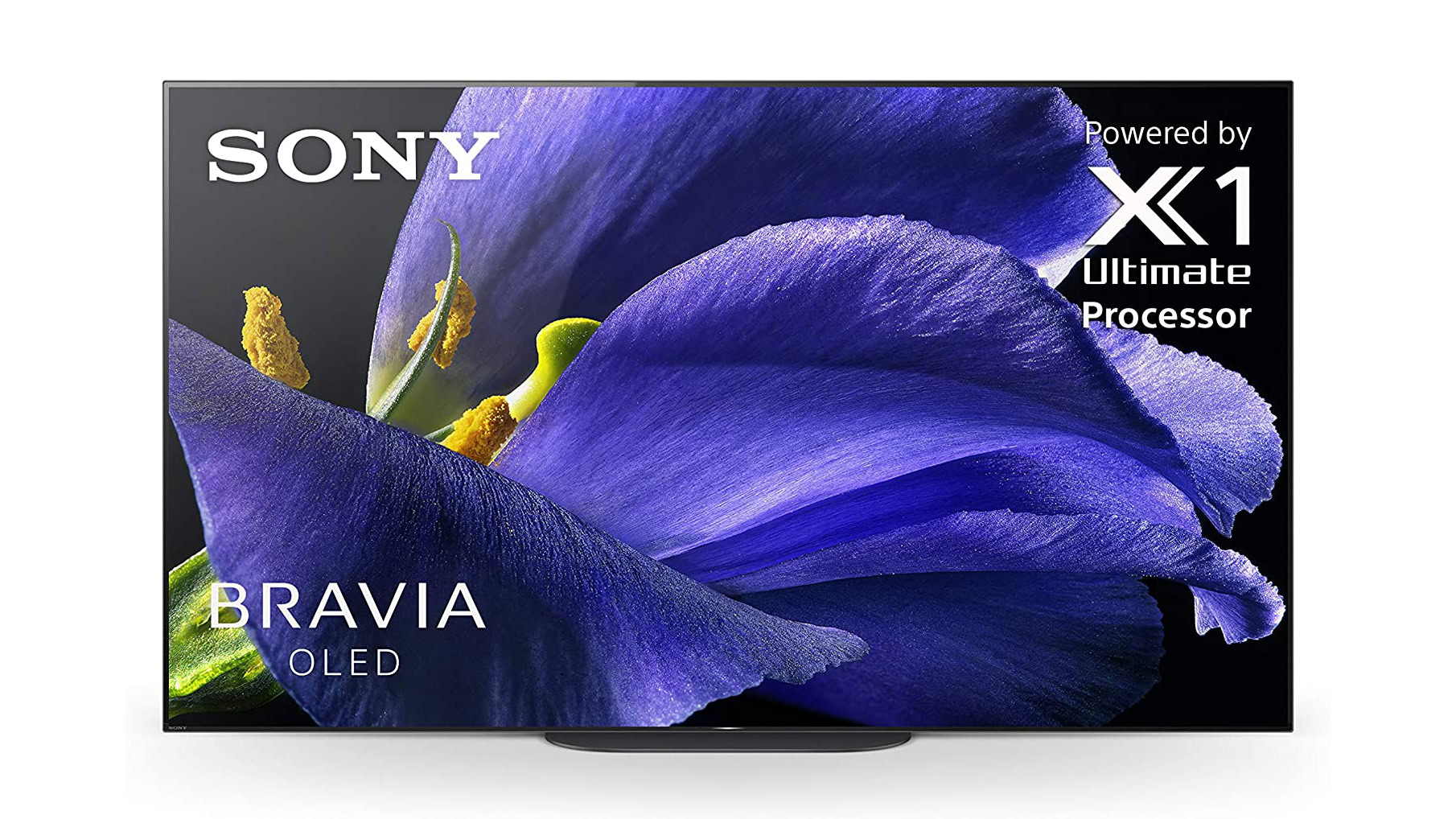
Google has multiple OEM partners when it comes to smart TVs powered by Android TV. You have an option to choose TVs from the likes of Sony, TCL, Xiaomi, OnePlus, VU, SKYWORTH, Panasonic, and more.
Best premium Android TVs: If you’re looking for the best Android TV money can buy, you can’t go wrong with a Sony. The Sony XR A95K is one of the top models in the company’s lineups. The flagship OLED Android TV features the Google TV UI boasts the new Google TV UI and is available in 55-inch and 65-inch models starting at $2,499.
If you want something less expensive but still premium, you can also consider the Sony A85JK. The 4K HDR LED TV costs $1,299 for a whopping 75-inch model. You can also even get an 85-inch version for $1,699 if you want to go bigger. You also get the new Google TV experience with it.
Best mid-range Android TVs: Want something premium from Sony but don’t want to go bankrupt? The Sony Bravia XR X90J and X85J are great 4K LED TVs to consider. Both models offer the Google TV experience right out of the box. One thing you should know is that the XR X90J comes with Sony’s Cognitive XR processor, while the X85J carries the older X1 processor. This is why the 50-inch XR X90J costs around $850 while the same-sized X85J TV comes in at $750.
The Hisense U8H TV is also a good mid-range Android TV option to consider. Starting at $877 for a 55-inch set, it’s slim and offers a 120Hz Mini LED backlight display with great local dimming.
You can go even cheaper with the Hisense U7 model. It doesn’t feature local dimming zones like the aforementioned newer model, so black might not be as deep and the contrast may not be at par with the U8 TVs. However, you do get the same Android TV experience, a 120Hz panel, Dolby vision, and HDR 10 support.
TCL also has a contender in this range. Its 55-inch Class 6-series R646 4K QLED TV offers 4K HDR picture quality, Mini-LED backlight display technology, and the updated Google TV experience. It costs $549.
Best budget Android TVs: If you want to spend as little as $379, the Hisense H8G is the one to look at. It’s a 4K LED TV. Like its more expensive sibling, it comes with full-array local dimming, support for 4K resolution, HDR 10, Dolby Audio, and more. You can choose from a 50-inch panel ranging up to a 75-inch screen without breaking the bank.
The TCL S434 is also a decent entry-level Android TV to consider. It’s a 4K TV that starts at $299 for the 50-inch model. It also comes with a voice-activated remote control that uses the Google Assistant.
Android TV alternatives
Roku
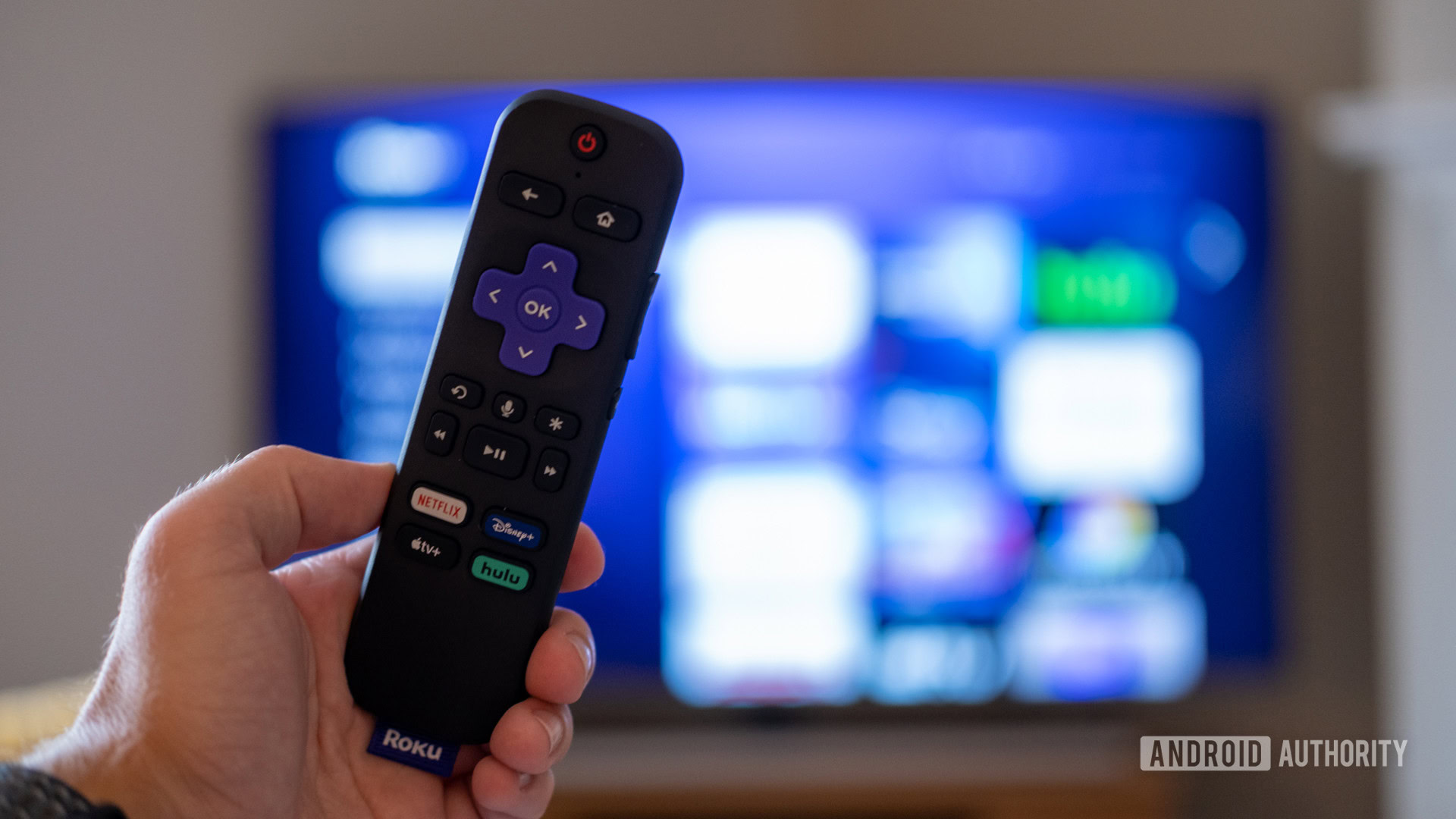
One of Android TV’s biggest competitors is the Roku platform. There are several different types of Roku-powered devices, including streaming sticks, set-top boxes, TVs, and even smart speakers. The platform offers thousands of free and premium channels through which you can access all major streaming services as well as live TV. You can read our dedicated Roku buyer’s guide here.
Apple TV
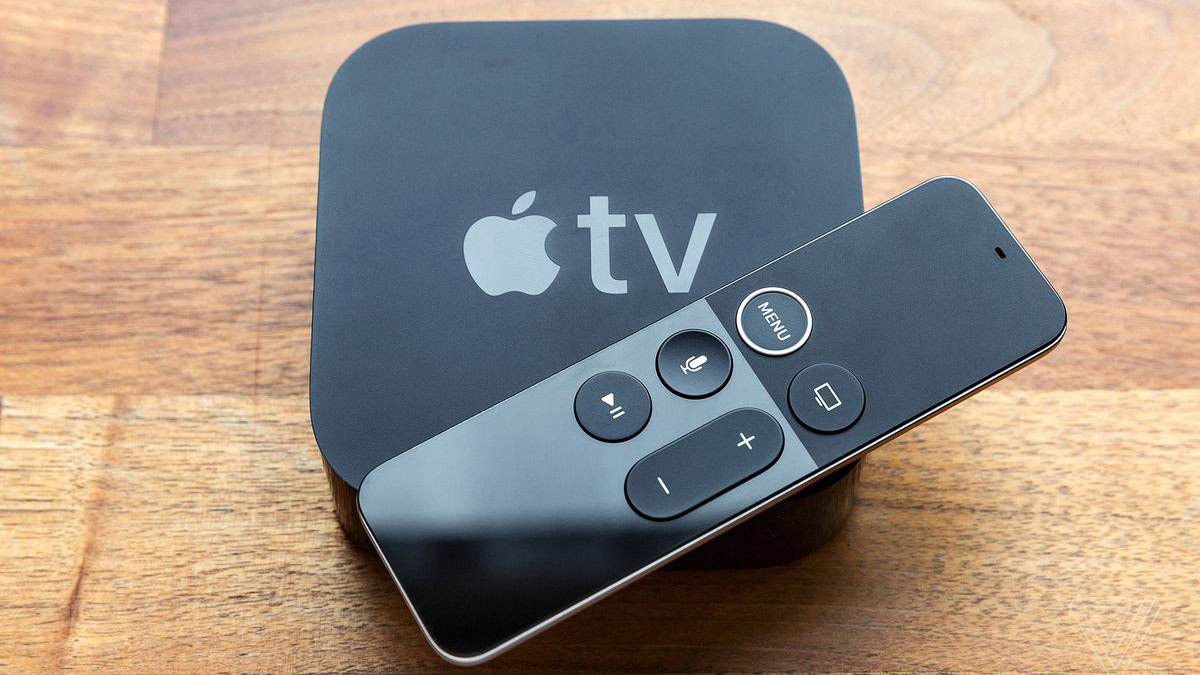
Apple has its own TV platform called tvOS. It also has dedicated streaming hardware in the form of the Apple TV HD and Apple TV 4K boxes. However, it’s a bit more expensive to buy Apple’s streaming devices as they start retailing at $134.
You get access to all popular streaming apps and an a la carte selection of TV channels through Apple TV devices. Of course, Apple also has its own Apple TV Plus subscription streaming service on which you can watch Apple originals and other content.
Amazon Fire TV
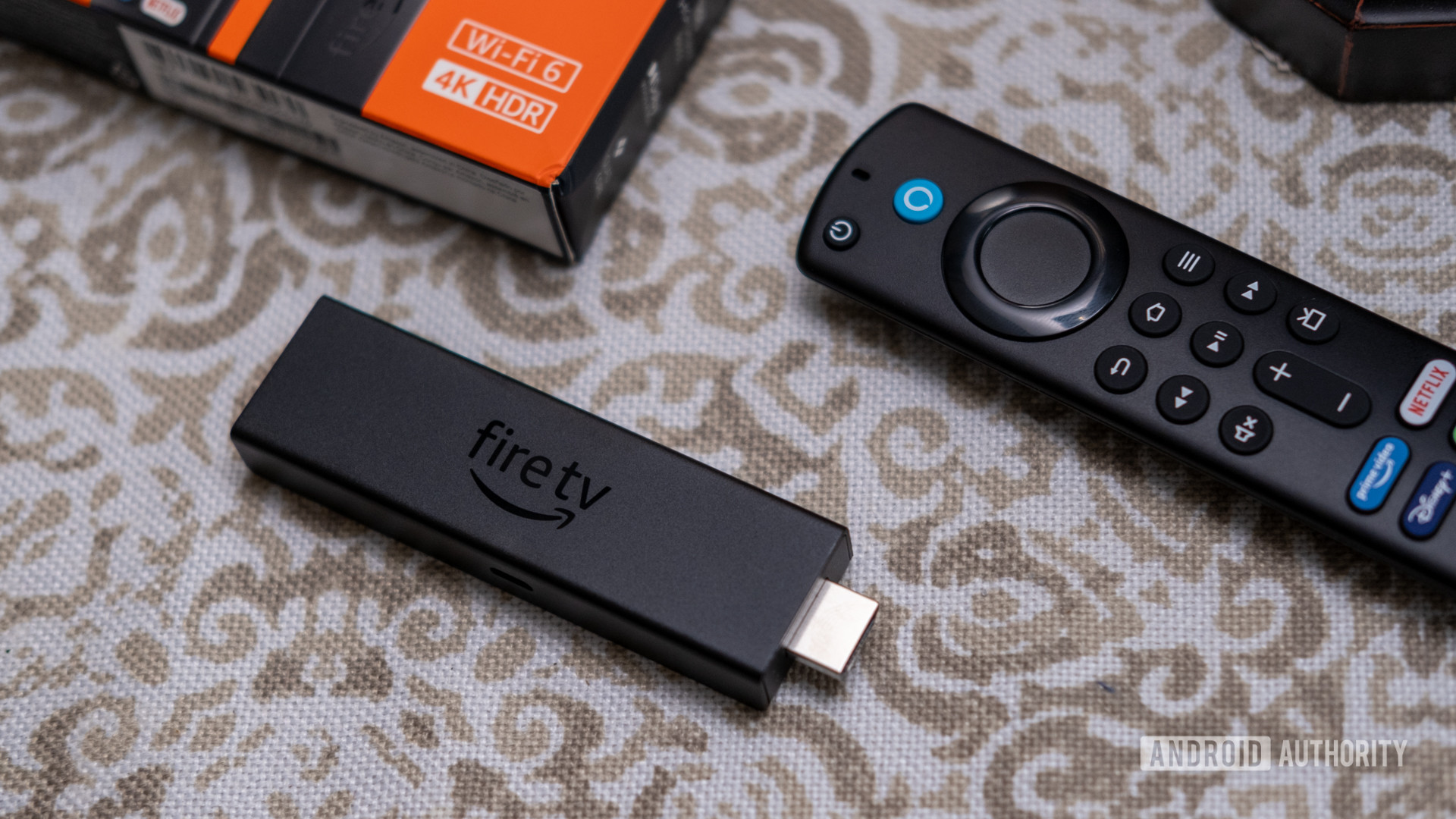
Amazon’s Fire TV range consists of the most popular streaming devices out there. They run Fire OS and offer up cheap streaming devices that boast great performance. There are three Amazon Fire TV streaming sticks on offer. The most affordable one is the Fire TV Stick Lite priced at $30. Then there’s the new Fire TV Stick with a revamped Alexa remote for $40. The third option is the top-of-the-line Fire TV Stick 4K for $50. Amazon also sells a set-top box called the Fire TV Cube that costs $139.
LG webOS
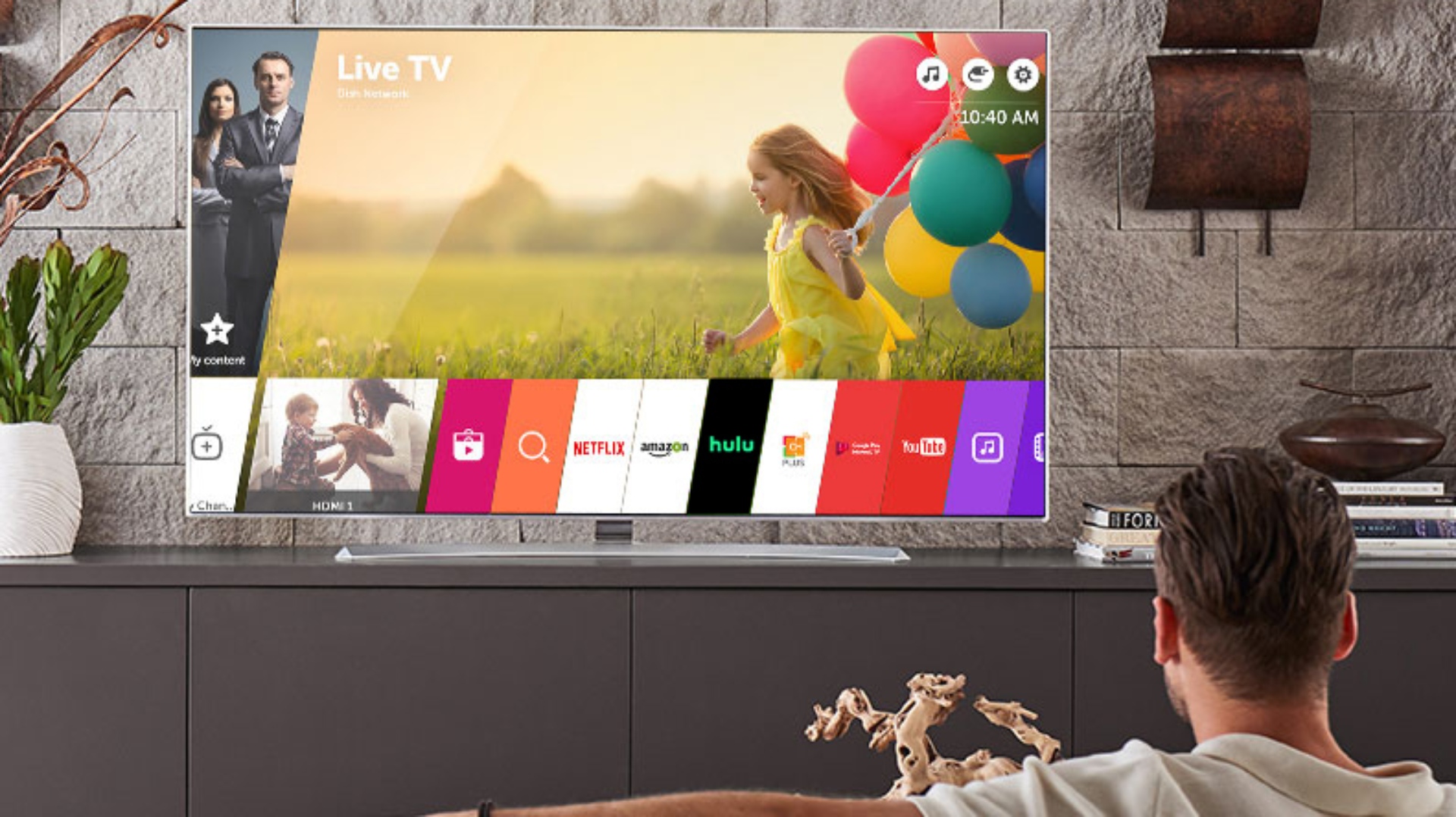
Just like Google has the Android TV operating system, LG has its own webOS software for televisions. It has a unique UI with cards at the bottom of the screen. You can use LG’s Magic Remote to switch between them, showing you everything from smart TV controls to different apps.
WebOS is not much different in terms of the streaming options it presents. You can download almost all streaming apps, including YouTube, Amazon Prime Video, Hulu, Netflix, and more, from LG’s Content Store. However, unlike Android TV, LG’s operating system is limited to smart TVs. You won’t find it on other devices like streaming sticks or set-top boxes.
Samsung Tizen OS
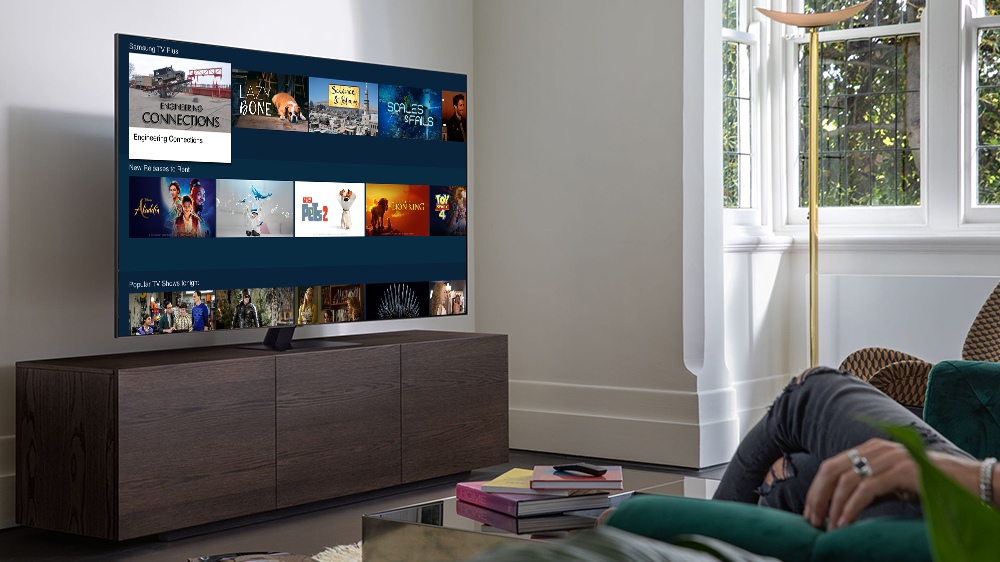
All Samsung smart TVs come with Tizen TV OS built-in. It features a Smart Hub, which integrates all your content in one place. The layout arranges an array of cards at the bottom of the screen. These cards display everything from devices connected to the TV to streaming services, apps, the settings menu, and more. Just like webOS, Samsung’s Tizen OS for TVs is also limited to television sets.
FAQs
Yes, Android TVs support all major streaming apps, meaning you can watch Disney Plus on an Android TV, no problem.
You can play Google Play games on your Android TV with a controller or remote. Check out Google’s official list of Android TV games here. You can also check out our list of the best Android TV games here.
If you have the money, you can’t go wrong with the NVIDIA Shield TV. Google’s new Chromecast with Google TV 4K is a good option if you don’t want to spend a lot too. Of course, if you’re looking for a full-fledged Android television set, you can choose from the options mentioned above.
Android TV devices usually don’t come with a built-in web browser. However, you can download and install third-party apps that function as a web browser through the Google Play store. You can even sideload a browser app like Google Chrome on your Android TV device. That said, newer devices with Google TV let you download browsers from the Play Store.
Yes, you don’t have to pay to use Android TV software once you’ve bought an Android TV device. However, you will need to pay for the individual subscription services you use for streaming. You’ll also have to pay for some Android TV apps just like you pay for mobile apps.
You can follow our detailed Android TV setup guide to learn how to get started with your Android TV and make the most of it with essential apps.